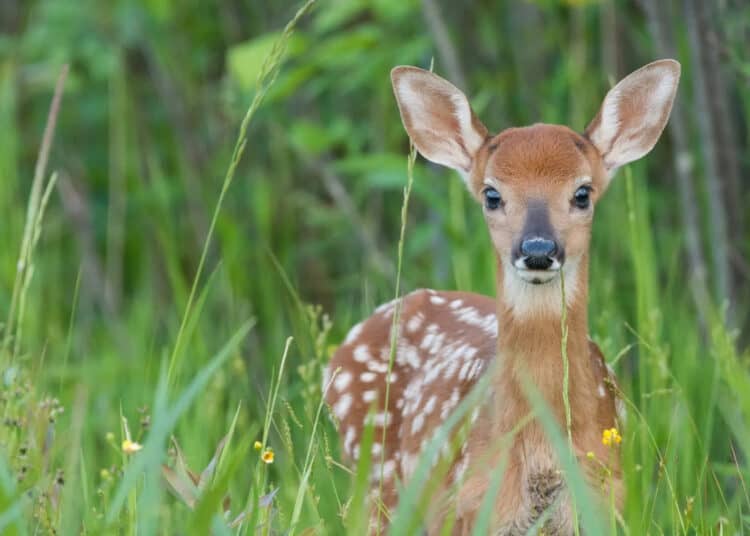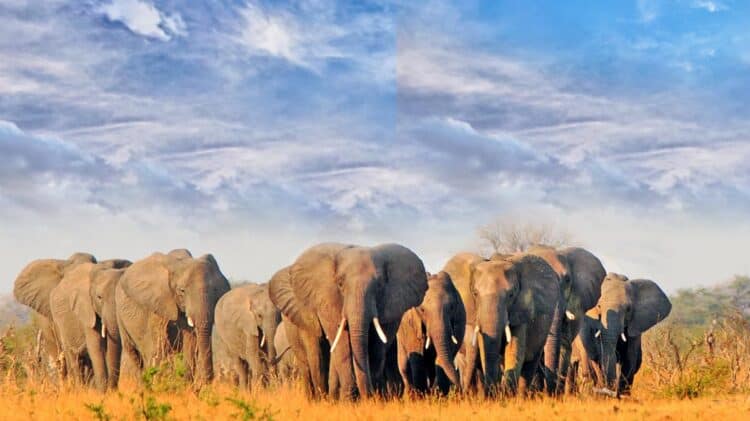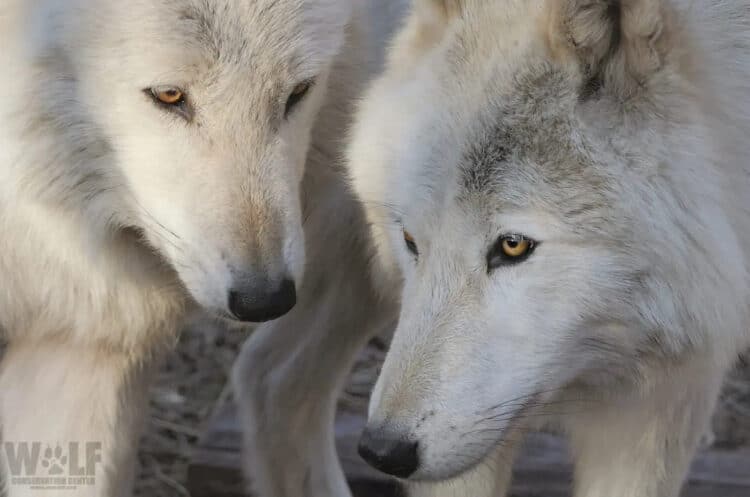Nature photography, more in its role as a hobby than a full-time profession has fascinated numerous individuals to take it up seriously. It has done so by culturing a spirit of discovery and fascination for wildlife and spaces. Wildlife photography in particular is a compelling genre in terms of the personal satisfaction it evokes.
Quite so because photographers often need high levels of patience; face tough environmental conditions and endure several unfulfilling attempts to see an animal owing to its rarity and/or cryptic behavior. Beyond this dimension, wildlife photography has been quietly performing an important but often unappreciated role.
It has not only generated interest and awareness but has also aided in on-ground conservation action and wildlife-related policies. The shocking video of the capture and consumption of Amur Falcon in North-East India has lead to an intensive conservation initiative being undertaken with the participation of numerous stakeholders.
On the flip side, several instances of photographers causing damage to or disturbing natural areas are becoming evident. They should no longer be ignored as one off cases (For e.g. Slender Loris case; Hessaraghatta case; Opinion piece). In an attempt to capture a better photograph, animals are being stressed due to capture and release and pristine habitats are being degraded. Even the positive involvement of local communities in wildlife conservation is being disrupted like in the case of the Slender Loris.

The indigenous Kani community was being paid by photographers to arrange for loris photo-shoots even though the community has beliefs of bad luck towards it. Moreover the capture at times involved cutting down trees or branches to capture the animal, which works against the sustained efforts of numerous wildlife NGOs and the Forest Department to garner local support for conservation.
There have been previous debates within the nature photography community regarding nest photography or using recorded birdcalls for elusive species. In addition, the use of livestock as bait especially in the case of large-sized mammals has exacerbated man-animal conflicts making it more difficult for residents to live in synchrony with the associated wildlife.
These incidents, if unregulated will have disastrous consequences at times leading to photographers being harshly reprimanded for the actions of a few. For example, in India, the Ministry of Forests and Environment banned the photography of the Critically Endangered – Great Indian Bustard (Ardeotis nigriceps) during the breeding season in 2012 due to fears that photographers were disrupting the breeding behavior of the birds.
The flagship species of India’s grasslands and savannas, the Critically Endangered Great Indian Bustard (Ardeotis nigriceps). Photo by: Ramki Sreenivasan/Conservation India.
It can very well be agreed that wildlife photography is here to stay. While few of the issues highlighted above are intentionally perpetuated by photographers, a vast majority of them are often the result of photographers simply being unaware of the damage they are causing. It is also a fact that any nature-related activity has its own positive and negative impacts.
The challenge now, is to reconcile these two and develop a consensus among and within the different interest groups that exist. Clearly, the current situation needs a strong policy on ethics in nature photography which is accessible to all. Such a policy would work only if the different interest groups including photographers become the cornerstones of it. The onus would then be on each individual photographer to follow the basic guidelines.
Below, we provide a few guidelines towards a more compassionate and ethical approach to nature when indulging in photography. This list is by no means an attempt to embark upon drawing finer scale points which essentially vary with species and landscapes in questions. While more nuanced guidelines are absolutely necessary, it is beyond the scope of this work as it involves the participation of several interest groups.
- Handle wildlife carefully always keeping in mind the welfare of the animal. Most “ethics” in nature/wildlife photography are developed as the interest/skills develop and one begins to learn and understand their subjects. Individuals in their beginning might be over-obsessed about handling for e.g. a snake. But as time goes by they instead sit back and watch the animal in its surrounding and capture an interesting moment. With the shift in focus we hope to promote that it is more interesting to see wildlife than handling them which is a stressful activity for any animal.
- Do not cut/mutilate plant parts to get a clear background in your photograph. Either try and avoid them or integrate them.
- Do not release non-native animals into natural locations and photograph them there. For example, exotic animals like fish, reptiles and birds can become escapes and disturb the natural fauna and flora.
- Avoid trying to lower down the body temperatures of wild animals to render them inactive by refrigerating.
- Please do not ask or pay individuals from local, indigenous and non-indigenous communities to collect animals so as to photograph them later on.
Mammals and Birds
- Keep a respectful and safe distance from animals. Most animals are weary of humans and they do not wish to trouble or harm humans.
- Please do not crowd around animals preventing movement, pursue them relentlessly or harass them by purposely making sounds or invoking movement.
- Nesting photographs have generally been banned by numerous photography groups. Another crucial point is the proximity to nests, as numerous birds do not stay on their nests when humans are in close and constant proximity. Try and not disturb them from nesting too.
- Nocturnal species like the Slender Loris are affected by strong lights. Avoid the use of high-intensity flash or lights.
- Migrant birds and mammals are often weary of the long migratory path. It is not advisable to approach or pursue them during the initial days of arrival.
- Avoid bird call playback. If not avoidable, do not overdo it. Playing back bird calls has been known to change the birds’ behavior and their activity patterns.
- There have been issues of using domesticated and non-domesticated, live and dead animals to photograph birds in the wild. Constant indulgence makes them dependent to these artificial feeding habits. The issue of baiting is exacerbated for mammal especially carnivores and large-sized species as it leads to human-animal conflicts among resident local communities.
Amphibians and Reptiles
- Amphibians and reptiles are ectotherms and sensitive to extremes in temperatures. Hands are warm and prolonged handling can lead to the death. It is important that the skin of an amphibian does not dry out and that they are not exposed to direct sunlight for long periods of time. Always rehydrate amphibians continuously.
- Emerging infectious disease is one of the driving forces behind global amphibian declines. Any photographer handling multiple amphibians within a short space of time should wear a dedicated pair of powder free latex or nitrile gloves for each individual to avoid transmitting pathogens between animals. The powder found on powdered gloves is known to have lethal effects. Photographers should avoid moving amphibians and reptiles from the point at which they have been encountered to minimize the spread of pathogens.
- Try not to post photographs of handling reptiles especially snakes as firstly it is not “cool” anymore and also numerous inexperienced individuals try and emulate the handling, at times resulting in accidents.
- Some reptiles are venomous, great care should be taken when photographing potentially venomous species. If you are not familiar with the species, leave it alone. If you know a snake is venomous and unsure of its potential strike distance, stay well back when taking photographs.
- Amphibians and reptiles occupy specific microclimates so that they can avoid desiccation, predators and regulate their body temperature. If an amphibian or reptile is moved, take great care to put it back exactly where you found it and ensure that all refugia / cover objects are left exactly how you found them.
- Avoid disrupting the behavior of reptiles and amphibians. Some reptiles and amphibians guard their nests and eggs and may abandon them if they are disturbed. Mating animals and those depositing eggs should not be disturbed.
- Avoid flash photography on non-pigmented, light sensitive amphibian eggs; bright light can be detrimental to these eggs as they are normally laid on the underside of leaves or under a cover object.
Fish and Insects
- Try and photograph fish in their natural surrounding within the water and not outside water. If possible carry mini-glass tanks, fill it with water from the same source as the fish and photograph them in this manner. Use substrates from the same source too so that the habitat is mimicked in the best way possible.
- Also use non invasive nets or backpack electro-shockers so that no damage is caused to the fish.
- Please do not use nectar/sugar/rum traps as especially in case of butterflies and moths are prone to being consumed by other animals.
- Try and not handle delicate insects like butterflies and moths.
Wild Habitats
- Try and not visit areas in a large crowd as it causes a lot of disturbance at one go. Break up into smaller groups and at different times as it also provides for an improved experience.
- Do not pluck flowers or leaves in order to photograph them.
- Please do not leave behind plastic and garbage waste.
- Do not drive off the dedicated path. Off road driving of motor vehicles can cause several changes to the ecosystem.
The 11 Types of Wildlife Photographers (Illustration by Rohan Chakravarthy)
References:
1) Nature Photographers Ethics Resource Page
2) Nature Photographers Code of Conduct
3) Do’s and Don’ts of Wildlife Photography
This article was specially written for Focusing on Wildlife by Arun Kanagavel, K.S. Seshadri, Benjamin Tapley, Ramnath Chandrasekhar, Rajeev Raghavan and DiogoVeríssimo (Illustration by Rohan Chakravarthy – Green Humour)
Arun Kanagavel
My interests are based on the human dimensions of wildlife. In particular I am interested in understanding the knowledge that local communities possess and accumulate over their life-time, their conflict with biodiversity and initiatives through which local communities (provided they are interested) can be integrated into the field of conservation, rather than “laying them out”. I am also interested in building inventories of biodiversity (reptiles, amphibians, avifauna and medium-sized mammals) in poorly explored areas, and improving the profile of lesser- known or liked species.
- Web |
- More Posts(2)



















Leave a Reply